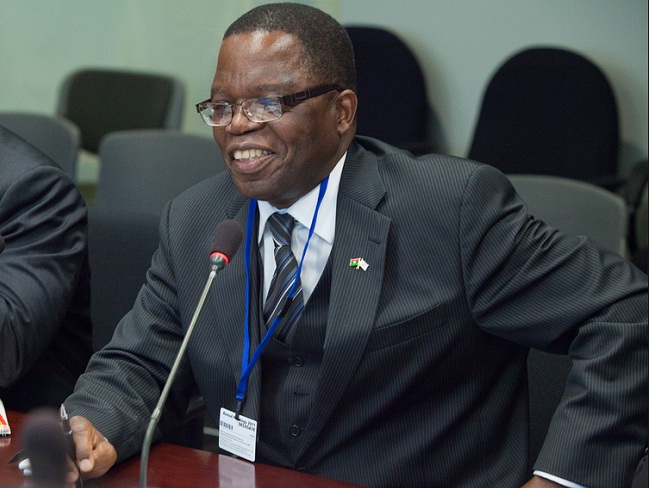The economy ofMalawiis mainly based on the agriculture . Agriculture produces the sugar , the corn , the tobacco and coffee . It represents 37% of GDP and 90% of export earnings.
Other sectors are industry for 17.8% and 44.6% for services. Malawihas very serious economic problems due mainly to a large public debt: the country is most indebted in the world as a percentage of GDP (235%), a situation compounded by corruption condition. Despite the strong increase in economic growth (around 8.5% in 2006, and over 7% in 2007),Malawiremains one of the poorest countries in the world (164th out of 177 countries in the ‘Human Development Index of UNDP ) and with three quarters of the population lives below the poverty line . This was the starting point of the initiative for Heavily Indebted Poor Countries (HIPC).
The contribution of fisheries to GDP is relatively low compared with that of agriculture but it plays an important role. This is an important source of employment, especially in rural areas – which employs nearly 40,000 people and made 200,000 live through related activities. Fish production is about 80,000 to 150,000 tons / year of which 85% to 90% from small-scale fishermen, against 10 to 15% for industrial fisheries and semi-industrial.
Fish production comes to about 50% of Lake Malawi. The rest comes from lakes Chilwa (2.500km²), Chiuta (200km²) and Malombe (390 km²). The aquatic environment ofMalawihas a very wide variety of fish (500 to 1000 different species). The main groups of fish in Lake Malawi are tipalias the Oreochromis the haplochronis and Lethrinops while inLakeChiutawill be found rather bearded catfish and tilapia.
Almost all the catch is destined for local consumption. People consume between 6 and7 kgof fish per year per person. In low-income families (even urban), fish provides 70% to 75% of the total intake of animal protein.





No comments! Be the first commenter?